The 100-Hour War
The 30th anniversary of the ground assault phase of Operation Desert Storm began on 24 February 2021. The ground assault was a short affair, lasting roughly 100 hours before President George H.W. Bush called for a ceasefire. It was not the first time Marines engaged in ground combat in Desert Storm as the Marines previously executed daring artillery raids and fought in the Battle of Al Khafji. For the Marines, the ground war consisted of infiltrating a barrier berm that separated Saudi Arabia from Kuwait, punching through two obstacle belts, and advancing to liberate Kuwait City.
A large berm stood on the Saudi-Kuwait border. The berm was constructed before Operation Desert Shield as a method to limit the wanderings of the Bedouin tribes. Though not constructed as an impediment for a military force, it would still need to be breached by the Marines. Beyond the berm, the Iraqi military built two obstacle belts in Kuwait. These belts were comprised of barbed wire, mines, tank traps, and ditches designed to slow an army, making them vulnerable to artillery attack. Saddam Hussein, who thought a coalition assault would unfold in Kuwait, believed he could grind the war into a bloody stalemate in the same way the Iran-Iraq War unfolded. However, U.S. Army Gen Norman Schwarzkopf planned for the Marines, flanked on either side by a multinational Arab force, to push the Iraqis out of Kuwait. Meanwhile, a large coalition force pushed north into Iraq through the lightly defended Saudi-Iraq border, then swung to the east to cut off fleeing Iraqi troops leaving Kuwait in a maneuver called the “Hail Mary” or the "Left Hook."
Though a massive air bombing campaign preceded the ground assault, the Iraqi Army was still a formidable force. The Marine ground forces still faced a dug-in and armored enemy. MajGen James Myatt, Commanding General of the 1st Marine Division, organized four task forces (TF), named TF Papa Bear, TF Ripper, TF Grizzly, and TF Taro. TF Papa Bear and TF Ripper were mechanized and had the 1st Tank Battalion and 3d Tank Battalion attached to their organizations, respectively, to provide an armored punch as the units began their assaults on the Iraqi obstacle belts. Marine engineers masterfully prepared the way in all of the obstacle belts, earning high praise from Gen Schwarzkopf.
Just after midnight on 24 February, a tank named Genesis II, belonging to Company C, 3d Tank Battalion, drove across the berm at the Kuwaiti border. The 3d Tank Battalion drove over the border and stopped in an assembly area just short of the first of two obstacle belts in Iraq-occupied Kuwait. At around 0400 local time, TF Ripper began assaulting across the first obstacle belt with the 3d Tank Battalion in the lead. By early afternoon, TF Ripper had penetrated both obstacle belts and entered the Al Burqan Oil Fields. They engaged Iraqi defenses in the oil fields that afternoon and destroyed eleven Iraqi tanks. The task force then turned left to advance on Al Jaber Air Base.
The Marines' rapid breach of the obstacle belt surprised everyone except the Marines. As soon as the Marines arrived in the Persian Gulf, they began studying the obstacle belts and practiced breaching them. The rehearsals worked; the Marines went through the obstacles so quickly that Gen Schwarzkopf was afraid Iraqi units would be able to escape from Kuwait before the coalition troops were in place to block their retreat. Former Chairman of the Joint Chiefs of Staff, Gen Colin Powell received a phone call explaining that the Marines smashed through both lines, forcing him to pressure U.S. Army leaders to catch up. Many Army units inside Iraq had reached their objectives by the late morning on the 24th and expected no more movement until the following day. The Marines' success forced them to resume their advance.
By the evening of 25 February, the 1st Marine Division approached Kuwait International Airport. Smoke from the pervasive oil fires slowed the division, forcing them to wait until the following day. Another set of obstacles to traverse and continued poor visibility meant the 1st Marine Division could not surround and fully secure the airport until the morning of 27 February. There, the division paused while a joint Arab military force liberated Kuwait City. MajGen Myatt then waited for word of a ceasefire or orders to begin an attack on Baghdad.
The assault on Baghdad would not happen. Early on the morning of 28 February, President George H.W. Bush ordered a ceasefire after it was clear that the Iraqi military had been thoroughly defeated.
Genesis II
During Operation Desert Storm, the Marine Corps sent a team of historians to scour Southwest Asia for items to preserve for posterity. They chose to send back an M60A1 tank called Genesis II. The M60A1 is a relic of the cold war and it was chosen because its tank commander also led Company C, 3d Tank Battalion, the lead tank company to cross the border in Kuwait.
According to Genesis II's crew, tank commander Capt Ed Dunlap resembled Genesis singer Phil Collins. They chose to name the tank after Collins's band. The crew also painted "Shoot-N-Loot" on the gun barrel as a tongue-in-cheek reference to their instructions that they were going to Kuwait to liberate the country and not to shoot at and loot the populace.
| Genesis II was not the only M60A1 preserved as a museum piece by the Marine Corps. LtCol Alphonso "Buster" Diggs's tank has also been preserved. LtCol Diggs was the commanding officer of the 3d Tank Battalion. His Tank, "Buster," is preserved and on loan to the U.S. Army Armor & Cavalry Collection at Fort Benning, GA. Before becoming part of the National Museum of the Marine Corps’ collection, it stood as a monument in front of the Marine barracks at the Armor United States Army Armor School before the Marine Corps eliminated tanks from their inventory as part of Marine Corps Force Design 2030. |
When most people think of Operation Desert Storm, they think of the M1A1 Abrams tanks storming over the desert terrain of Iraq. But the Marine Corps had only begun to transition from the older M60 to the M1A1 Abrams tank immediately before Operation Desert Shield and did not have many by August 1990. 2d Tank Battalion received some of the new Abrams tanks in time for Operation Desert Storm, and two reserve companies, Companies B and C, 4th Tank Battalion received a crash course in the new tank as well. The U.S. Army's 1st Brigade, 2d Armored Division, or "Tiger Brigade," who reinforced the 2d Marine Division for the war, used M1A1 Abrams tanks as well, bringing the number of the new tanks in I MEF to 196.
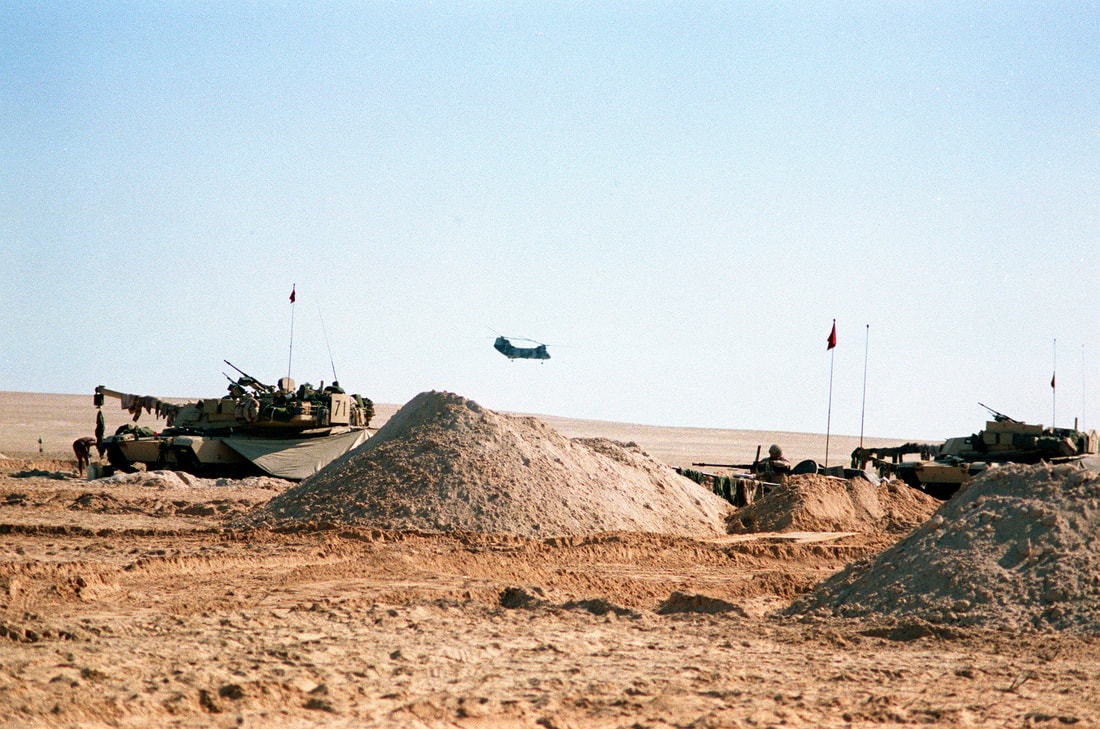
Immediately after returning from Kuwait, the Marine Corps purged the M60s from their inventories and completed the transition to the Abrams. The 3d Tank Battalion deactivated in the summer of 1992.
When Genesis II came to the old Marine Air-Ground Museum at Quantico, it sat outside in Virginia's humid environment, causing some corrosion problems and damage to the paint. Because of the corrosion, Genesis II needed to be restored. The National Museum of the Marine Corps developed a partnership with Marine Depot Maintenance Center, Albany to complete the restoration. The Museum has worked with MDMC Albany for other restoration projects, and the crews there understand our exacting standards, and have always exceeded the Museum’s expectations.
The restoration took roughly two years. Albany's maintainers carefully removed all of the paint, but first painstakingly documented all of the tank's markings. They completely disassembled Genesis II, removed all of the corrosion, treated the bare metal, painted the components, then reassembled it. Finally, they restored the markings exactly as the crew left them in 1991.
The newly-restored Genesis II arrived at the National Museum of the Marine Corps from Albany, Georgia, in September 2016. It took two days for riggers to put the tank on its mount. Genesis II was the first artifact installed in the Final Phase galleries, which interpret Marine Corps history from 1975-2015.

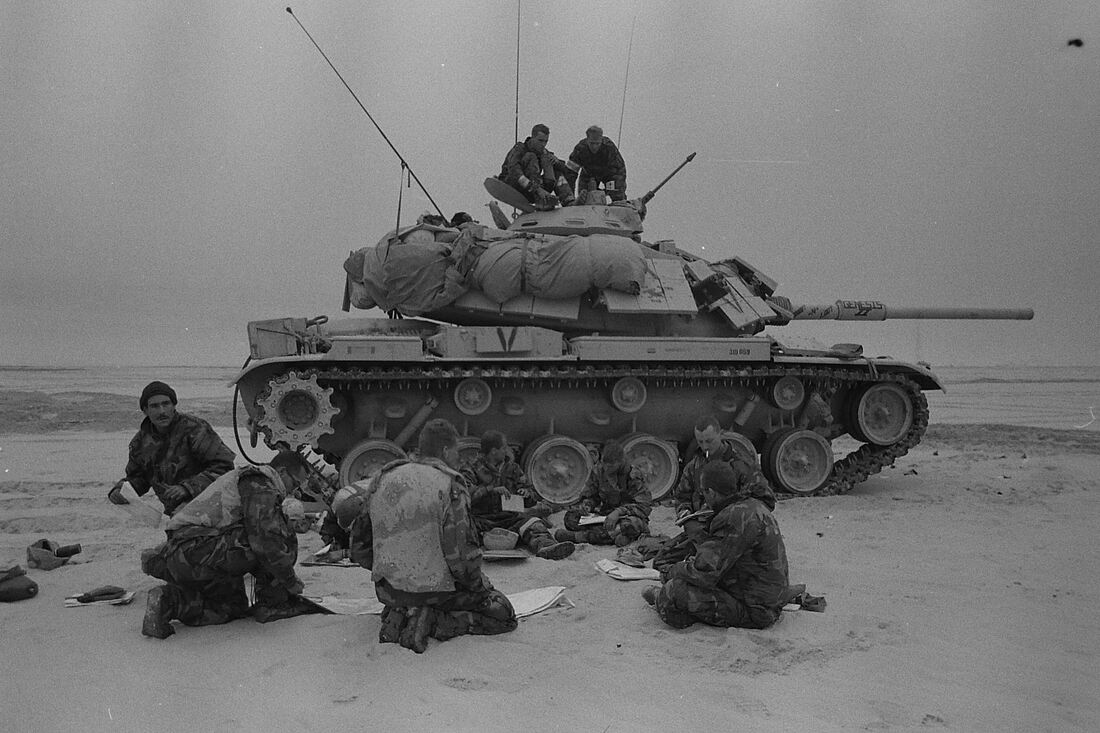
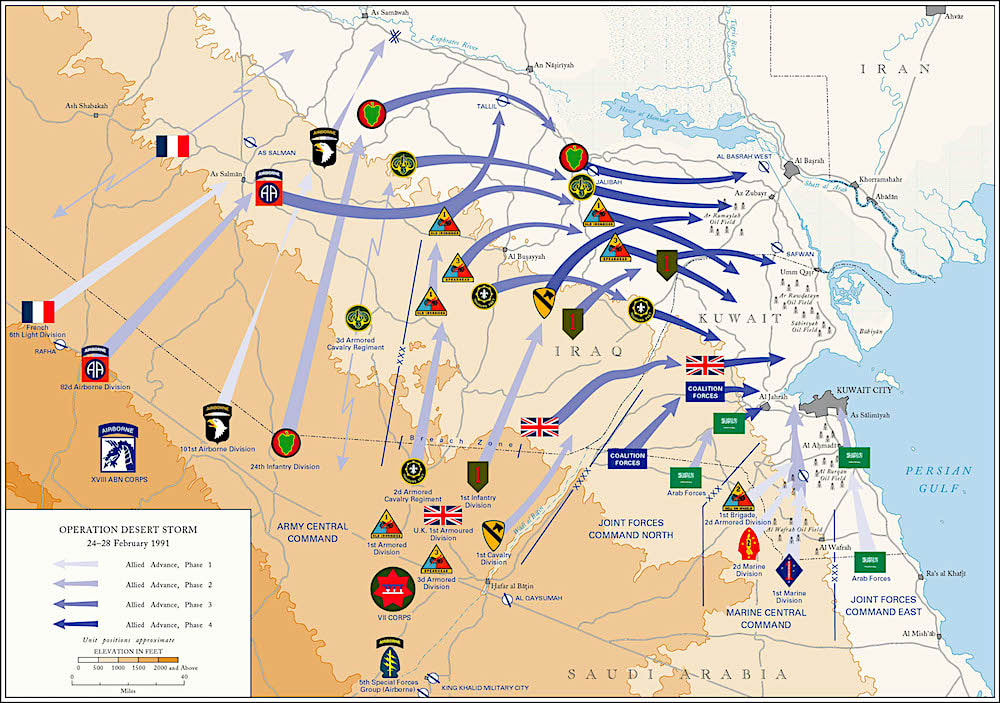
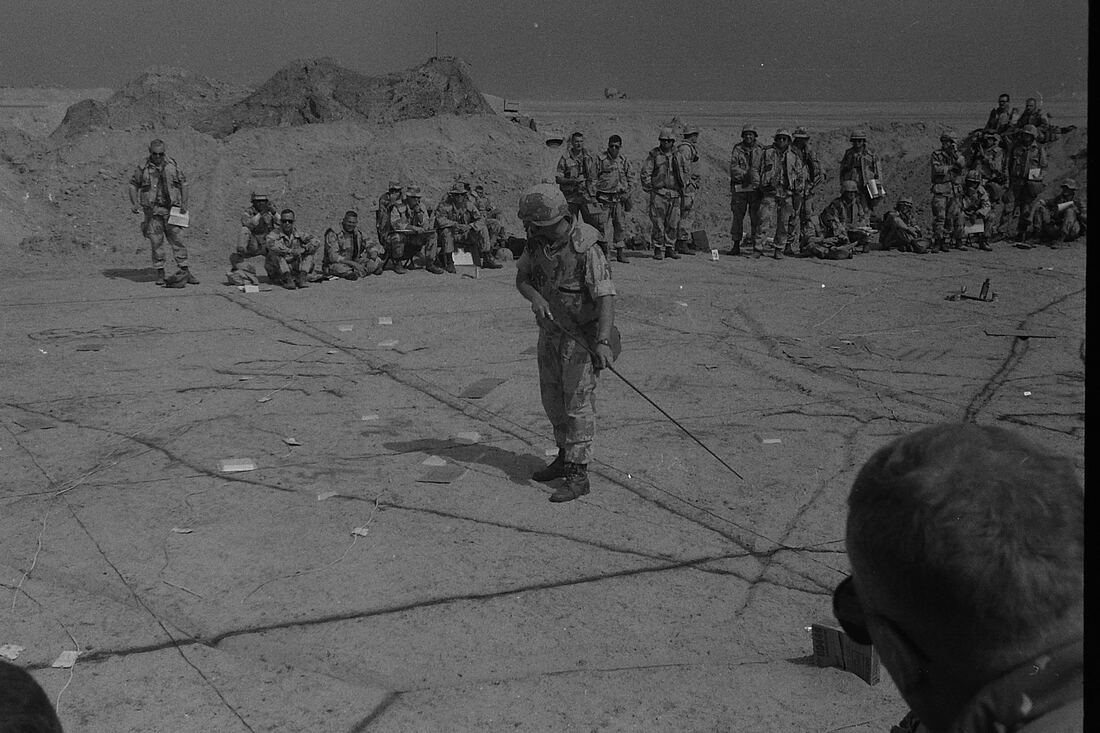

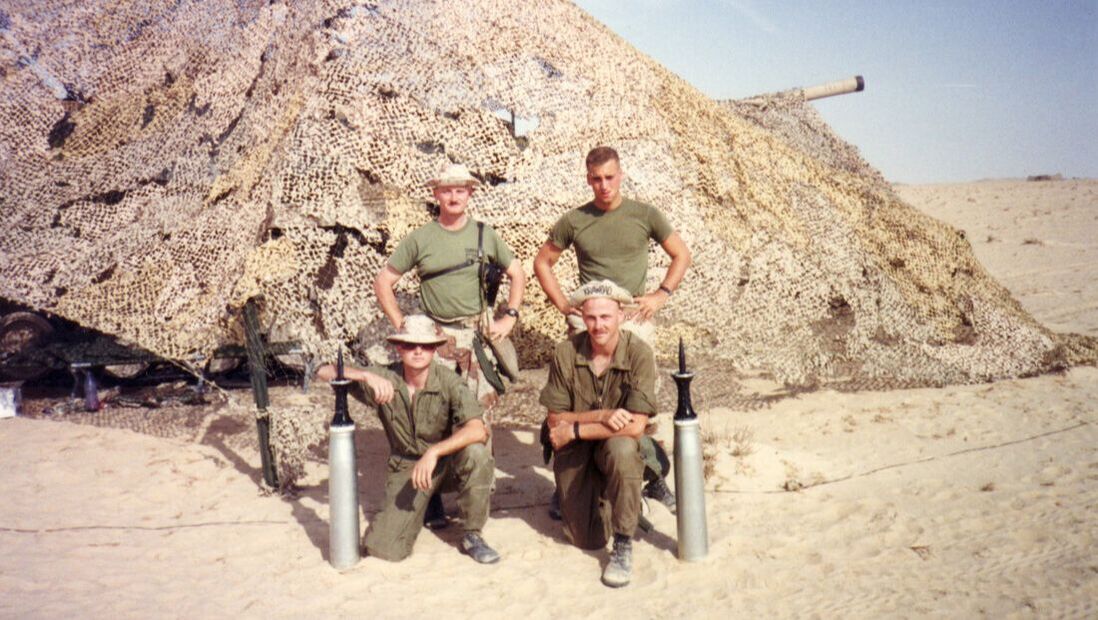
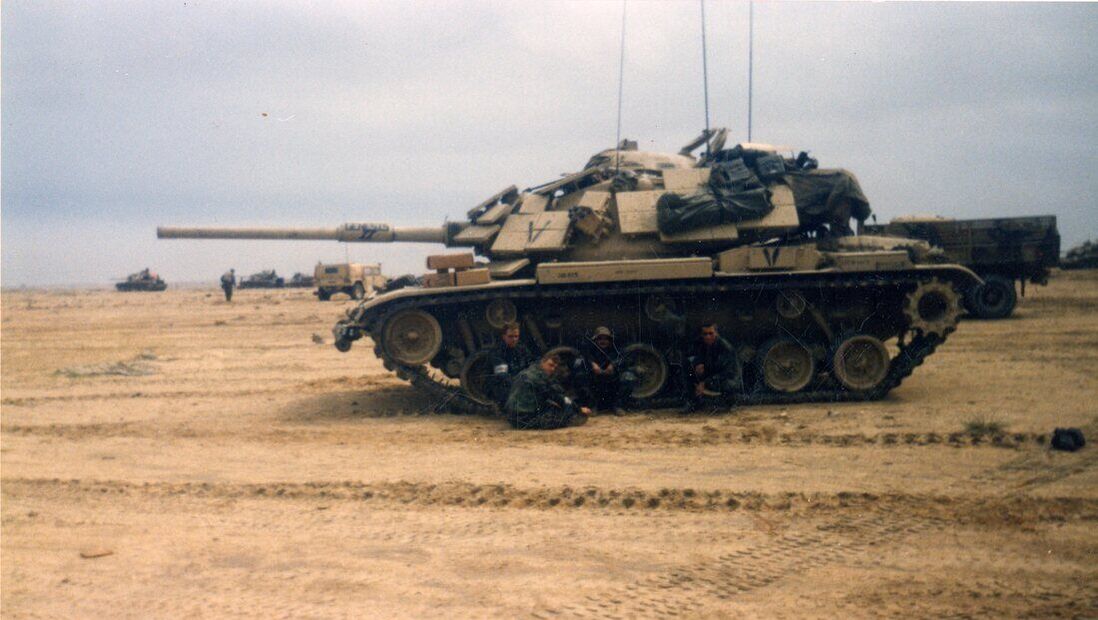
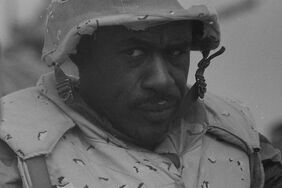


 RSS Feed
RSS Feed







